A Wily French Artist Refreshes and Reinvigorates Giacometti
Our Rooms, a small but striking cross-gender and cross-generational show, successfully pairs Annette Messager's work with Alberto Giacometti's at the new, intimate Giacometti Institute.

PARIS — Desolate by design, the spindly sculptures and plagued portraits created by Alberto Giacometti last century receive a refreshing reinvigoration by Annette Messager in her delightfully dialectical two-person show titled Our Rooms. This small but striking cross-gender and cross-generational show successfully pairs the artists’ work together at the new, intimate, Giacometti Institute in Montparnasse. Established this summer, it preserves, behind glass, the artist’s dusty, cluttered studio that was once nearby on rue Hippolyte-Maindron. (The original building there no longer exists.)
The Giacometti Institute building itself is rather tony, situated in an Art Deco townhouse formerly the studio of artist and interior designer Paul Follot. Refurbished by Pascal Grasso, the venue still has only 350 square meters of space, and visits are by appointment only to prevent overcrowding.

The reassembled 20-meters-square Hippolyte-Maindron studio is the first thing encountered, and it is compelling since it includes the very last clay sculptures Giacometti was working on before he died in 1966. But soon Annette Messager’s sharp feminist slant supersedes traditional melancholic, existential, and phenomenological readings of Giacometti’s work, as recently depicted in the fine film Final Portrait based on American art writer James Lord’s book. Accepting cart blanche, Messager pulled plenteous discoveries from the archive, presenting little known Giacometti sculptures, drawings, notebooks, and personal documents next to her own. The whole is organized thematically by room: the room of encounters, the room of legends, the nose-to-nose room, the room of disorders, and the room of Annettes.
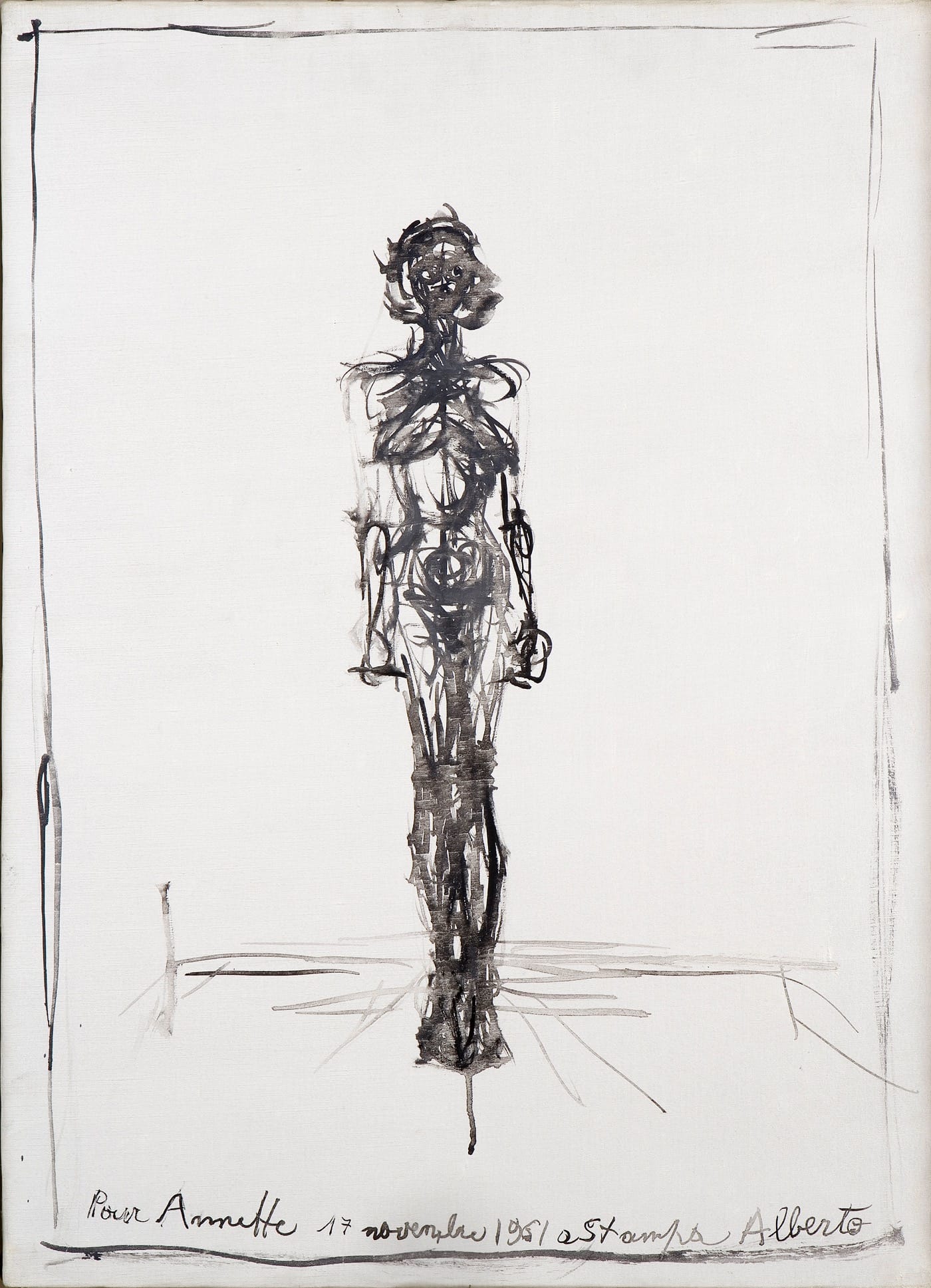
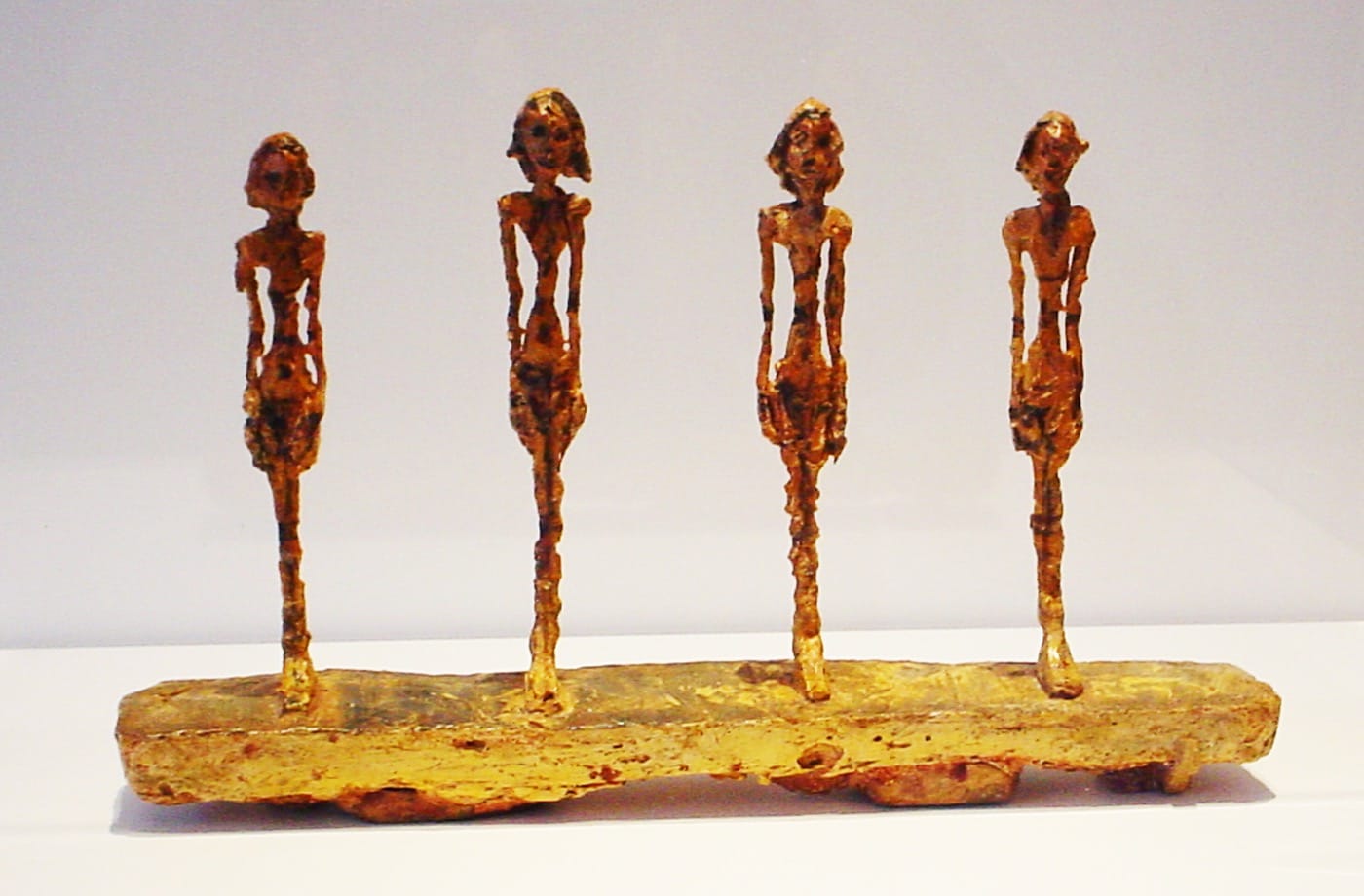
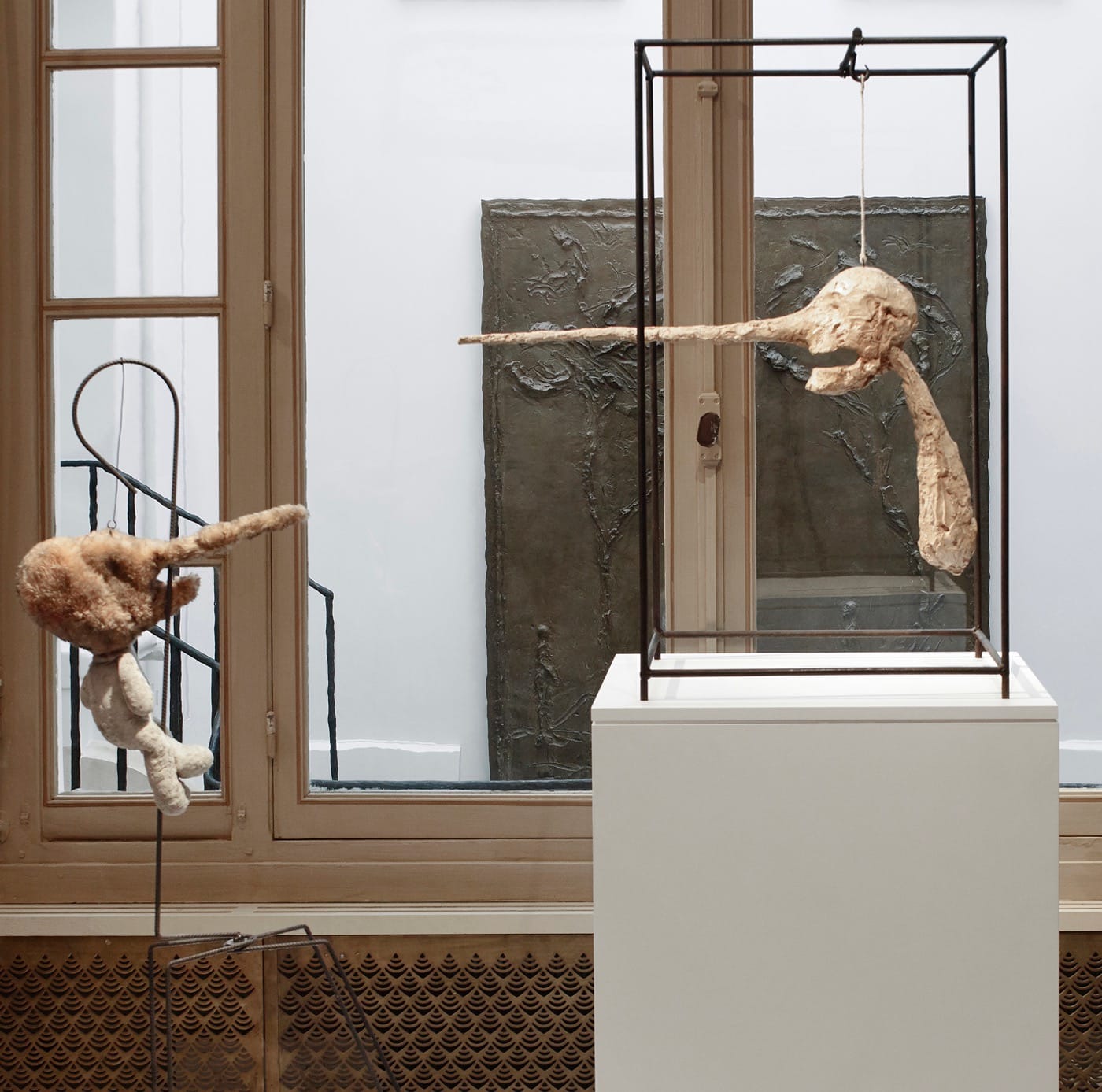
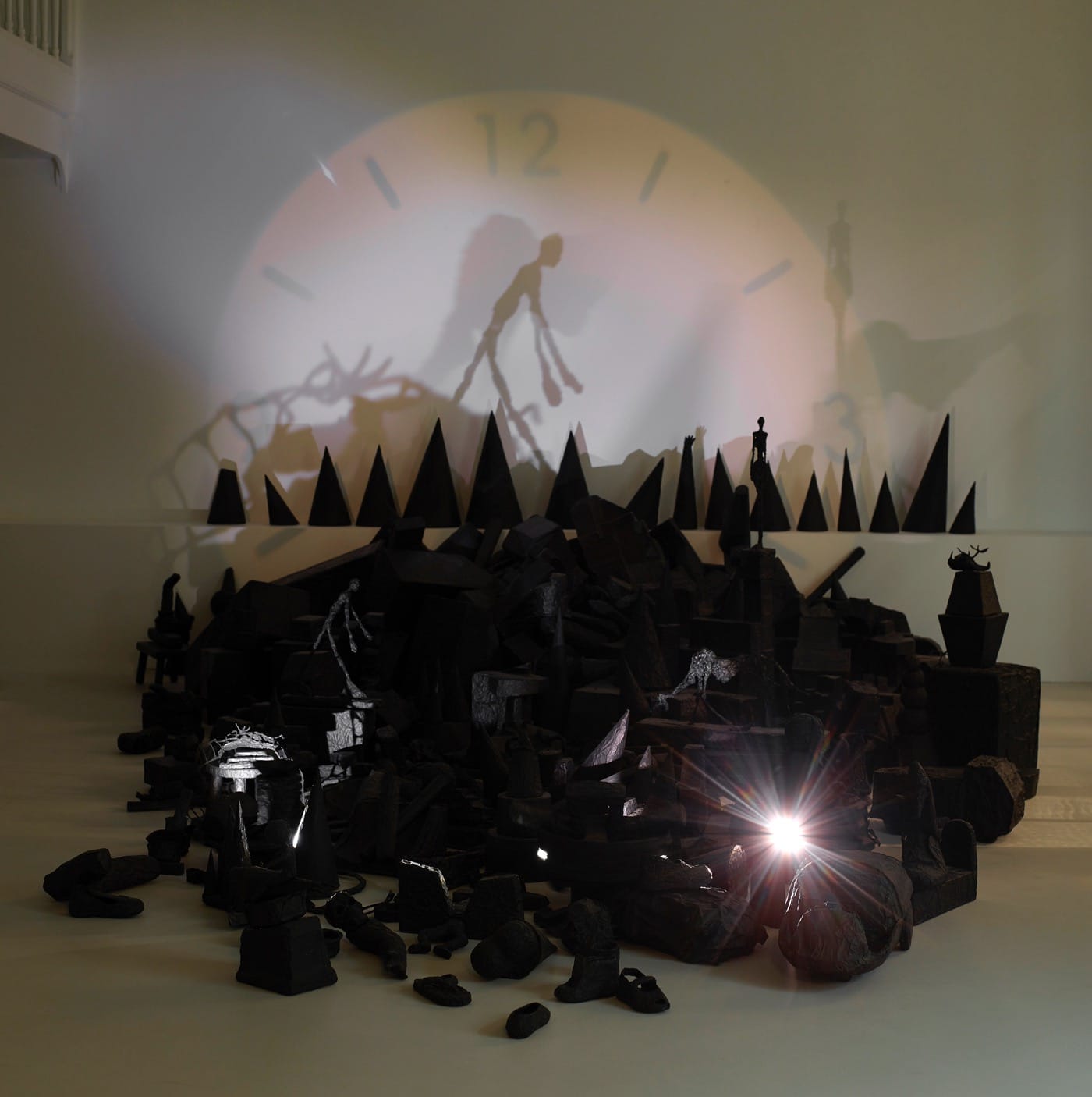

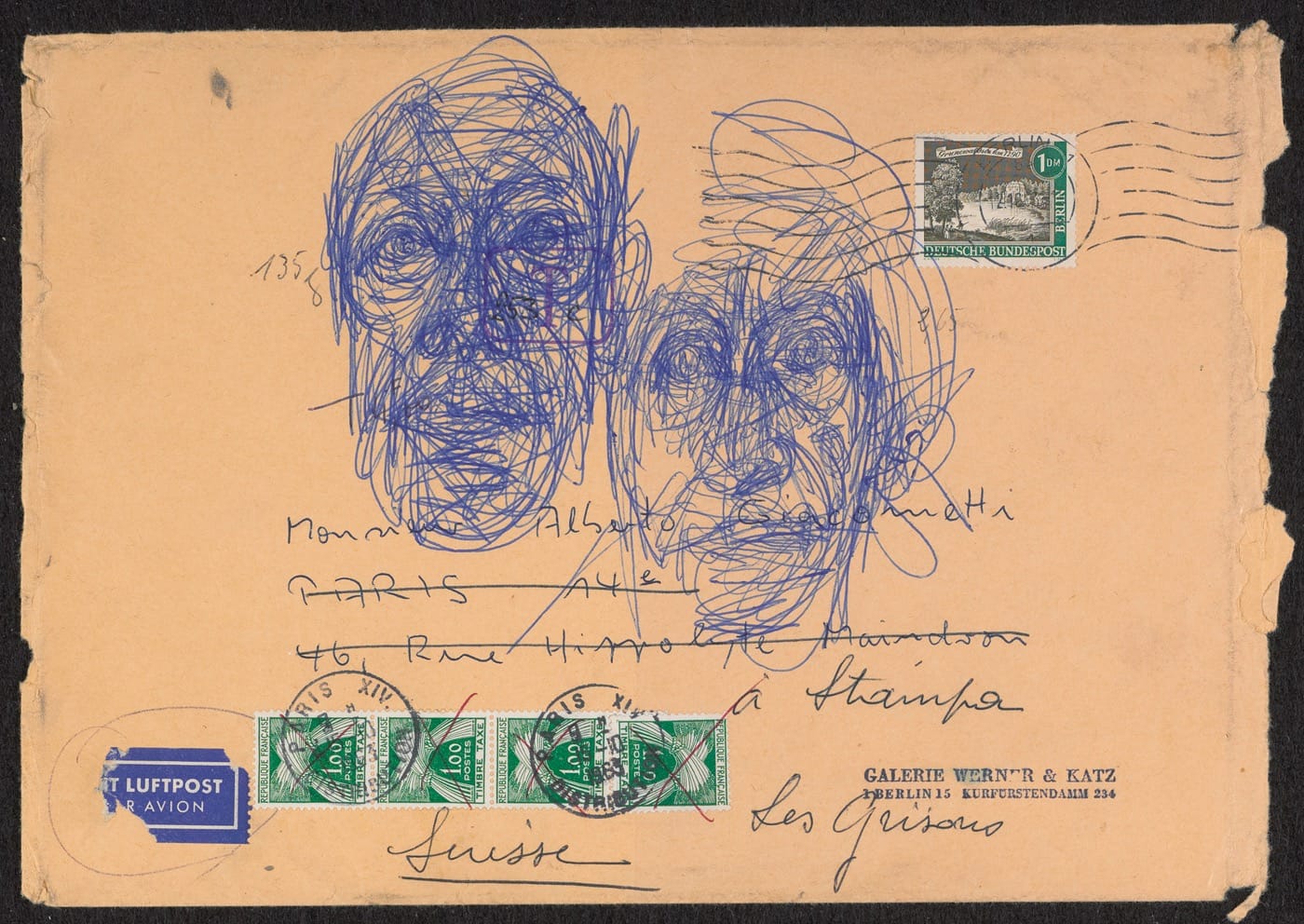


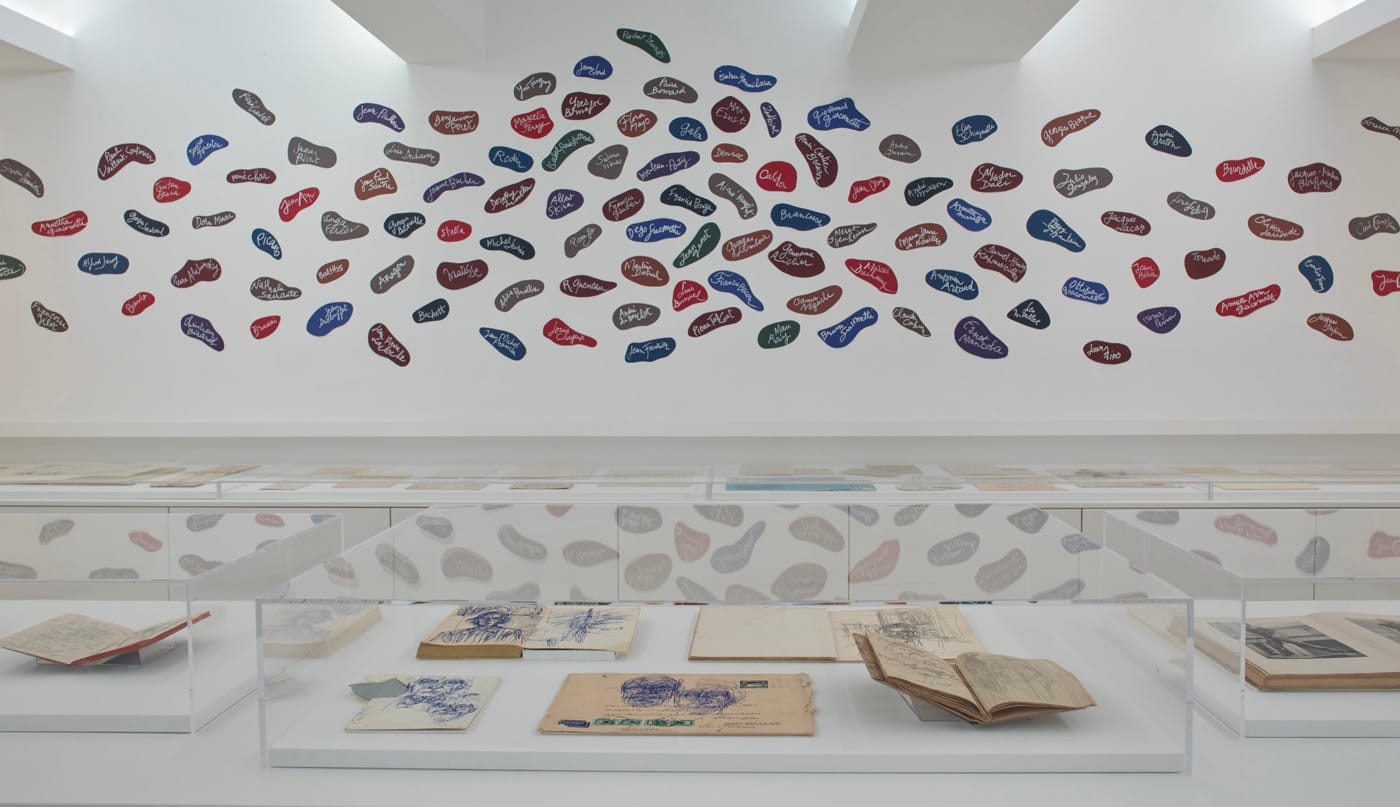
The first stand-alone piece seen is Giacometti’s small “Figurine in Cage” (1950) which leads to Messager’s arranged room of encounters, dedicated to Giacometti’s entourage. Displayed are splendid photographs, letters, notebooks and drawings, most notably one of his mother Annette, “Head of Mother and Man” (circa 1963). It is then I realized the neat conceit at work here: Annette is the name of Giacometti’s mother, also Annette Arm, his wife and primary female model, as seen in “Standing Nude (Annette)” (1961), and also of Messager who is tenderly pairing herself with him here. Indeed, the strongest, strangest, and most surreptitious thing in the show is “The Parade of the Squirrel for Annette” (2018), Messager’s arrangement of Giacometti’s “Annette Standing” (ca. 1954) and her “The Parade of the Squirrel” (1994). There is magic afoot.

Alberto Giacometti / Annette Messager / Our Rooms continues at the Institut Giacometti (5, rue Victor Schoelcher, 14th arrondissement, Paris) through January 13. It is curated by Annette Messager under the direction of Catherine Grenier.




